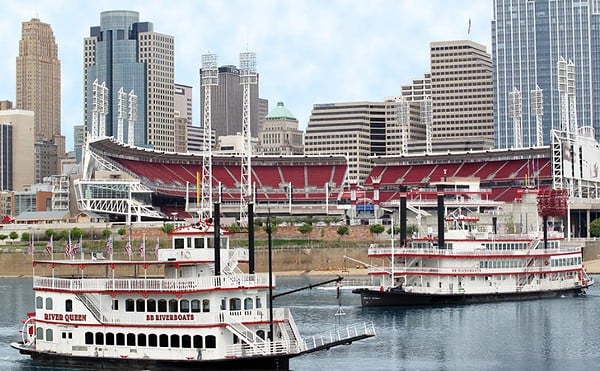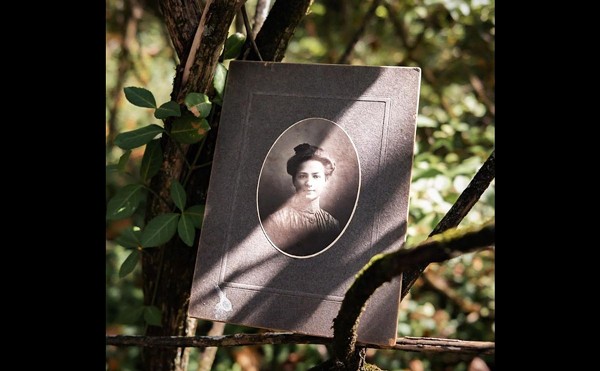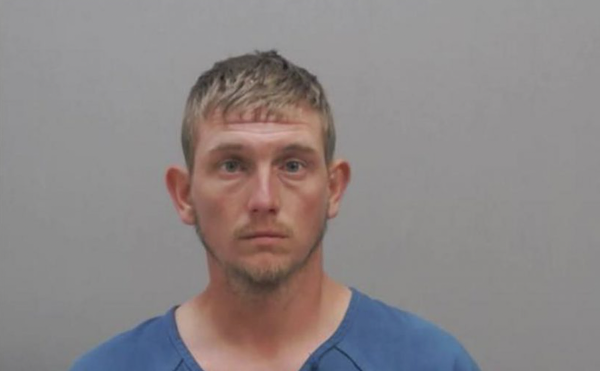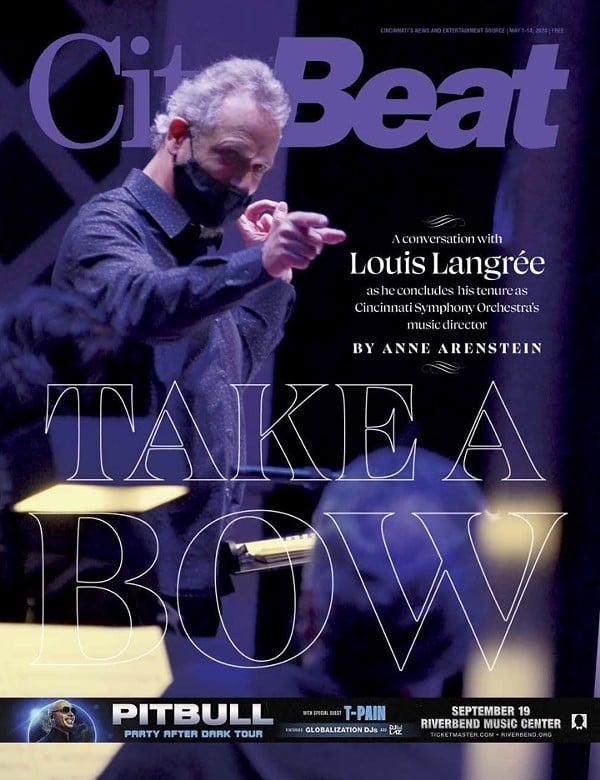|
Officers laughing as a Cincinnati business owner endures burning pain from being sprayed with Mace ... A man hit with non-lethal ammunition as he fights to rescue a child caught in police fire ... A man picking up his grandchildren after a birthday party, shot by police while walking down the street, then shot again as he tries to crawl away, his daughter pleading for mercy ...
More than two dozen plaintiffs are now part of a civil-rights lawsuit against the city of Cincinnati and unnamed police officers. The citizens claim they were maced, shot with "beanbag" missiles, shot with rubber bullets, detained without reason, handcuffed and beaten with billy clubs.
If their stories are true, one of America's most livable cities may soon be one of America's most ashamed.
'You're losing the city'
William Edwards has been a businessman for 11 years. For the past three years, he has operated Next Millennium, a music and electronics store at 1233 Vine St. As a business owner, Edwards says, he has learned powerful lessons in people skills, something essential to success in business. The Cincinnati Police, he says, could use some of those lessons themselves.
"They're not taught to deal with people, especially how to deal with these kids on the street," Edwards says.
As he stood in the doorway of his store April 10, Edwards says, police ordered him inside.
The street he overlooked was calm. The protesters had headed in another direction, leaving Vine. But when he explained to officers that he owned the store and was not on the sidewalk or in anyone's way, an officer allegedly aimed a shotgun at him and told him to go inside.
Two trash cans sit right outside the door of Edwards' shop. But after he went inside, he says, a police officer broke a 40-ounce beer bottle on the stoop, damaging the carpet — "just to be rude."
"They were trying to be spiteful," Edwards says.
The sound of breaking glass was too much for Edwards, and he asked officers why they would break the bottle when a trash can was nearby. What happened next shocked Edwards. Without warning, an officer allegedly maced him in the face.
"That was uncalled for, totally," Edwards says.
Edwards says police believe muscle is the way to get things accomplished.
"I told them, 'That's your answer to everything. That's why you've got this problem. You're losing the city,' " he says.
If police cannot deal with business people, Edwards says, how will they be able to reach the youth of the neighborhood?
"You alienate me and you expect to be able to communicate with these kids?" he says. "Every black guy on Vine Street is not a thug."
Edwards says the Mace left him in pain for hours, and as he stood outside, blinded by the spray, police officers laughed at him.
You can't wash off the chemical spray with soap and water, according to Edwards; you have to just wait out the pain. But, he says, you don't have to wait out the pain of poor police-community relations. People can start to work together now.
Edwards wants to see police patrolling on foot, building a rapport with residents. The police can't be "just riding by on these bikes and seeing something that interests them and getting an attitude."
Shooting at mourners
John Conyers lives in North College Hill, but he knows his way around Over-the-Rhine. He went April 14 to pay his last respects to Timothy Thomas, an unarmed African-American man killed April 7 by Cincinnati Police.
A former janitor at the Over-The-Rhine Community Center, Conyers knew Thomas, who used to play basketball there. On his way to catch a bus after the funeral, Conyers says, he noticed police circling the block as he walked down Elm Street. He says he thought little of it, as the people around him were "just walking." A few had signs, but no one was acting in any way that would alert the officers.
Then, according to the suit, two police cars swerved into the intersection of Liberty and Elm, and about five officers began shooting non-lethal ammunition at people coming from the funeral. The officers then got back in their cars and sped off.
One of the injured was a 7-year-old girl. Conyers says he worked his way through the chaos to block the child from being shot again.
"They were going to shoot her again, and we went over there by her," Conyers says. "If we wouldn't have ran over there, they would have torn her up."
Conyers says the child was was crying and scared and yelling for the shooting to stop. Conyers was repeatedly shot with bean bags and rubber bullets while this was happening, but didn't realize he had been injured until later.
"At the moment I was worried about that little girl," he says. "I was protecting that little girl."
Conyers says officers were laughing as the crowd screamed for answers to why they were being shot.
According to the suit, a schoolteacher from Kentucky was also injured by police. Conyers says bystanders took the teacher to an area shielded from the road and waited for help.
"The ambulance wouldn't even come to get that teacher," Conyers says. "It's still getting to me. I can't sleep at night. I'm just trying to not let it affect me all the way."
Assistant City Solicitor Richard Ganulin says the city is investigating the allegations. The FBI is also looking into what happened that day.
"We have a civil rights investigation that is ongoing," says Agent Ed Boldt, Cincinnati spokesman for the FBI.
'A right not to be shot'
Robert Newman, attorney for the plaintiffs, wants damages for each of his 27 clients. He also wants the city to protect the freedom to walk down the street, stand on a porch or peacefully protest.
"None of these people have been arrested for anything," Newman says. "They weren't breaking any laws. They have a right not to be shot by police officers."
The lawsuit alleges the city, through its policy-makers, "including the city manager, the safety director and the chief of police, adopted, acquiesces in and/or ratified a policy ... of engaging in a massive show of force to discourage any protest activities."
Newman believes the right to protest is fundamental, and he accuses the city and some officers of violating citizens' civil rights.
But peaceful or not, protesters last month were unwise, according to City Councilman Phil Heimlich.
"I think a sensible course of action during that state of emergency is to stay off the streets," Heimlich says. "This was not a routine patrol on a quiet spring evening. These officers were fighting for their lives and the lives of everyone around them. I think we have to keep in mind that these events occurred during a state of emergency."
But Heimlich's analysis neglects an important fact: Police allegedly attacked Edwards and some others before the state of emergency.
Heimlich insists police conduct cannot be blamed for what happened last month.
"Nobody is going to tell me that the police caused these riots," he says.
A Hamilton County grand jury did, however, blame a police officer for the death that caused the riots. In an indictment announced May 7, the grand jury charged Officer Stephen Roach with negligent homicide and obstructing official business in connection with the shooting of Timothy Thomas.
Some protesters expressed disappointment Roach was not indicted on a felony, but remained peaceful as they walked north to Over-the-Rhine. One man cried out, "A misdemeanor for a life! Where's the justice in that?" Police held back, surrounding the crowd from a distance.
When Rev. Damon Lynch III led a march from Fountain Square to City Hall the next day, officers conspicuously kept their distance, allowing the chanting dozens to march up Vine Street and over Ninth Street. Officers did not use force on the peaceful protesters.
Perhaps things are starting to change. ©





